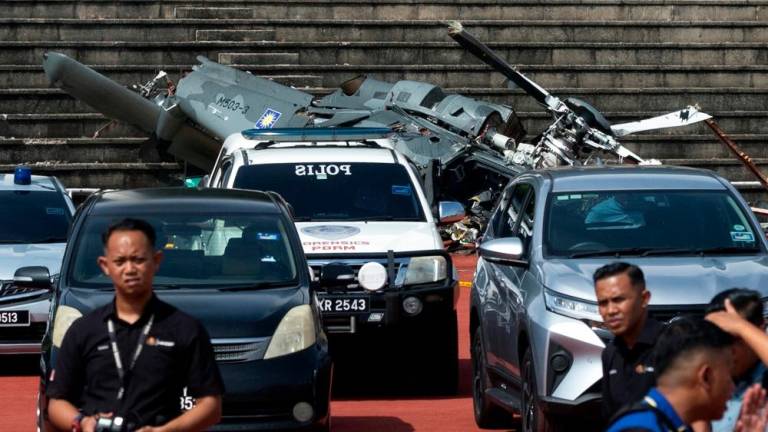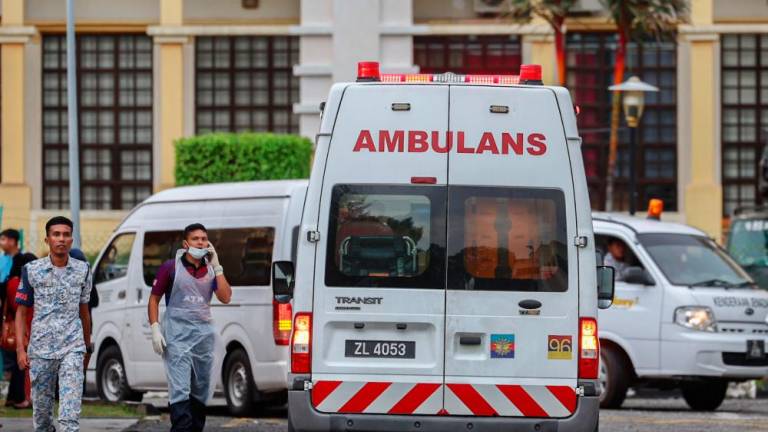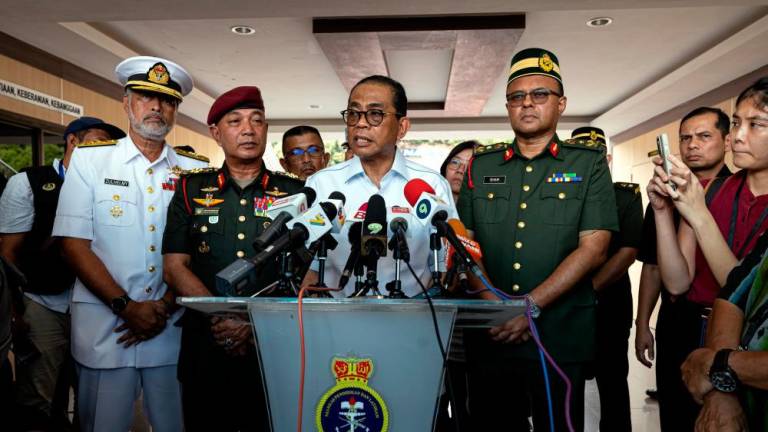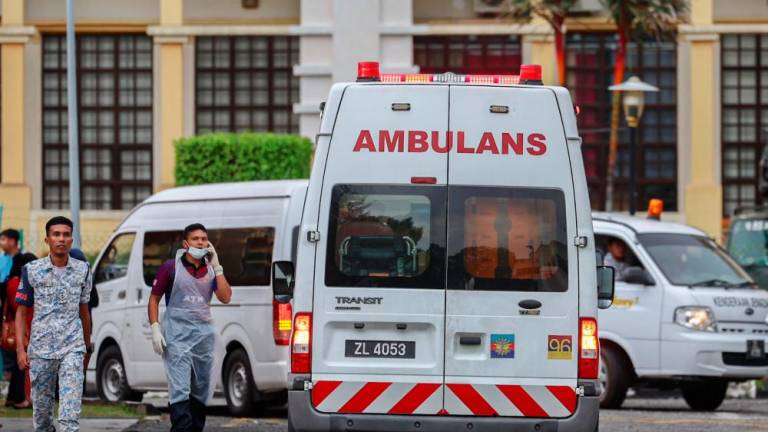THE Covid-19 pandemic is widely considered more threatening than any other recent epidemic. Most believe many more have been infected or even died than officially confirmed.
The principal strategy adopted by most governments is to “flatten the curve”, so that countries’ health systems can cope until an approved vaccine or “cure” is available.
Vulnerability to infection and capacity to respond depend on many factors including healthcare system preparedness, experience and ability in managing viral outbreaks.
Government capacity to respond depends crucially on system capacity and capabilities, and available fiscal resources.
But funding cuts, privatisation and other types of rent-seeking – in the face of rising costs, not least for medicines – have constrained and undermined most public health systems.
Physical distancing, mask use and other precautionary measures as well as mass testing, tracing, isolation and treatment have checked the epidemic without lockdowns. Such measures have been successful so far in much of East Asia and Vietnam.
Physical distancing and other precautionary measures will be critically necessary until a vaccine is affordably available.
Precautionary measures must be appropriate and affordable. To minimise risk of infection, authorities can require changes in social interactions, including work and other public space arrangements.
Since Wuhan, many governments have resorted to “stay-in-shelter” restrictions to enforce physical distancing to try to “circuit-break” transmission. They buy precious time allowing health authorities to check and reverse the spread of infections.
Besides enforcing physical distancing through movement control orders (MCOs), appropriate complementary measures are needed for MCOs to work. Testing, treating and quarantining the infected need to be complemented by tracing.
MCOs are only part of measures available to authorities to deal with the pandemic. MCOs are blunt measures of last resort.
A lockdown was deemed necessary to deal with the outbreak in Wuhan, and the surrounding three provinces, after other measures to deal with the epidemic seemed too little, too late. But in most other situations, adequate appropriate early precautionary measures may well have proved enough.
Lockdowns have many other effects as well. Good planning, implementation and enforcement of movement restrictions and provisioning for all adversely affected are crucial, not only for efficacy, but also for transitions before, during and after.
MCOs and lockdowns incur huge economic costs, distributed unevenly in economies and societies. Governments must be mindful of the costs, including of disruptions, and also of how policies affect various people differently.
The effectiveness of an MCO has to be judged primarily by its ability to quickly flatten the curve and ensure no resurgence of infections. Success should not be measured by duration, enforcement stringency or even by unsustainable declines in new cases.
Most casual labourers, petty businesses reliant on daily cash turnover and others in the “informal” economy will find it difficult to survive extended MCOs. Although they need more relief support than most, they are often difficult for governments to reach.
Those living in cramped conditions cannot be expected to practise consistent physical distancing, but will nonetheless need to be enabled to sustainably practise other measures within their means, eg, using washable masks.
To enhance efficacy and minimise disruptions, an “all of government” approach at all levels needs to be developed.
Human resource, social protection, transport, education, media, industry, fiscal and other relevant authorities need to be engaged to develop the various required transitions and to plan for the post-lockdown “new normal”.
Another condition for success is “whole of society” mobilisation and support. Government transparency and explanations for measures are important for public understanding, cooperation, support and legitimacy.
The authorities must also realise how measures will be seen. Singapore’s apparent early success, for example, was not what it seemed as it had overlooked official disincentives for possibly infected migrant workers to cooperate.
Appropriate enhanced public health and other relevant communications and education will often need to be quickly developed to succeed. The efficacy and consequences of an MCO and related measures are contingent on public appreciation of the challenges and the ability of societies to respond appropriately with socio-economic, cultural and behavioural changes.
While the Covid-19 crisis is undoubtedly exceptional and full social mobilisation is needed, such special “wartime” measures must not be abused, eg, by the temptation to bias implementation of measures for political advantage. Success can thus be greatly enabled by legitimate, credible and exemplary leadership, government and otherwise.












